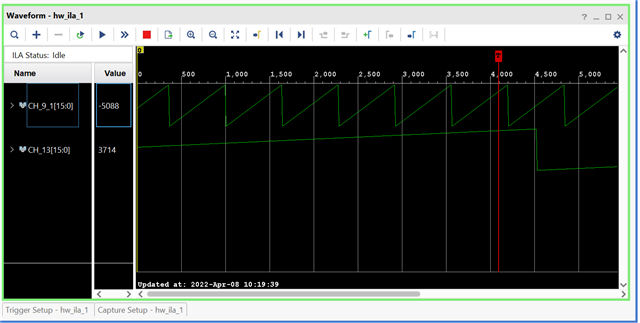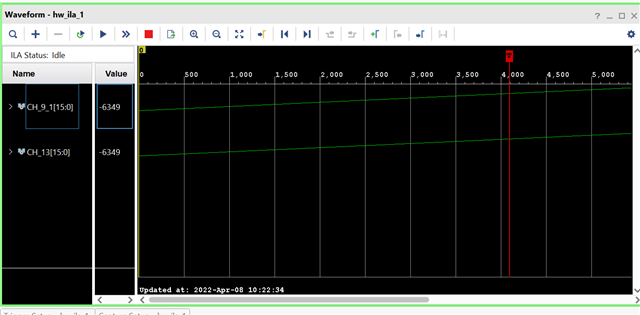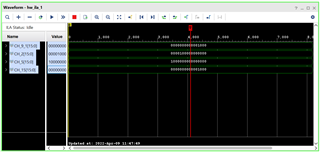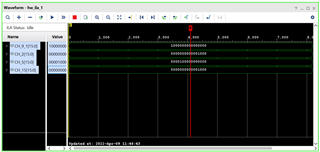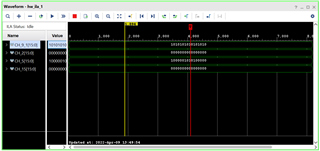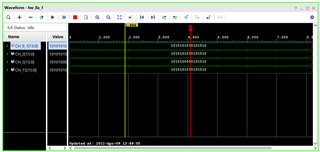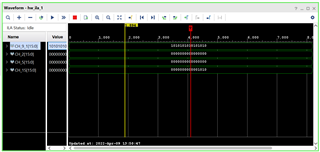Other Parts Discussed in Thread: ADS5294
hai,
There's no mention in ads5263 data sheet regarding how to configure it as bitwise mode and in one of the posts as i read writing the 0x28 register with 0x8100 will make it bit wise does this work every time or is der any problem in this because im not getting output continuously, after writing the register twice sometimes more than that then I get output basically my output is not stable only if i write register more than once i get output is there any problem when we write 8100 to 0x28, or is it something else please help me.



